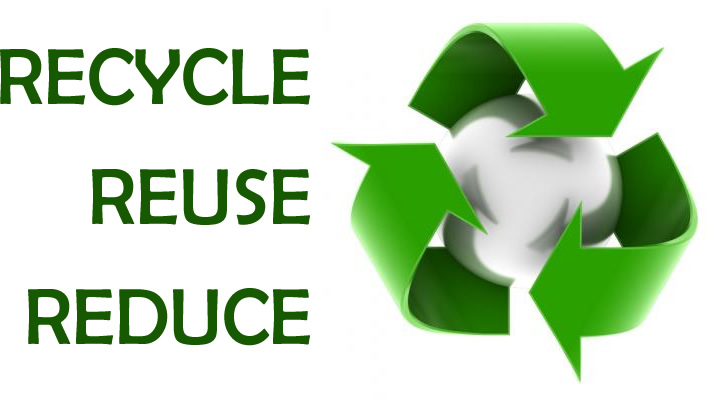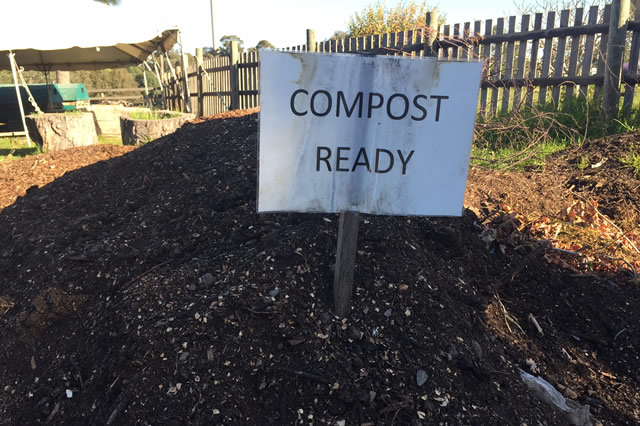




Cardboard chips are ideal for composting as it is critical that all cardboard to be composted is small pieces. Large pieces will not decompose as quickly. Also, soaking the cardboard in water with a bit of liquid detergent will help to speed up the decomposition process.

Cardboard chips are already shredded so it is ideal and easy for composting.
Begin your compost pile with a 200mm layer of chips with other high carbon materials such as straw, old hay or dead leaves.
Add a 200mm layer of nitrogen rich materials on top of the cardboard chips such as fresh grass clippings, horse or cow manure, spoiled vegetables or fruit peels.
Add a 200mm layer of soil on top of this layer. Continue to layer in this fashion until the pile is approximately 1 cubic metre.
It is imperative that the compost pile be kept about as moist as a wet sponge. Add more water or cardboard/shredded paper depending on how wet it feels. The cardboard/paper will soak up any excess water.
Turn the compost pile every five days with a pitchfork to speed up decomposition. In six to eight months, the compost will be ready to use in the garden.
In addition to being a great soil conditioner for plants in the garden, you'll find that using cardboard in compost will help keep unwanted trash from piling up.
People often forget that shredded paper comes from a natural resource. Mixing equal parts of shredded paper and grass results in an easily composted blend. This will be broken down in the same manner as any other garden waste, providing nutrition throughout your ecosystem. Remember to keep the mixture free of moisture, as this can cause the paper to mat together, restricting oxygen diffusion. Try stirring the paper deeper into the heap to avoid this problem.
Cardboard chips and shredded paper are as effective in seed protection as many organic mulches. Spreading it around a new flower bed can suppress the growth of weeds, regulate soil temperature and generally improve fertility.
Chipped cardboard is less likely to blow around in strong winds than shredded paper.
Many newspapers have switched to organic inks in light of this use, but it is always best to check the dyes used in your documents. Start by wetting the strips to encourage the decomposition process and lay them carefully around newly planted crops.
The paper will allow fertiliser and water to reach the soil, whilst starving weeds of sunlight and nutrition.